Sounds of an Ancient Era
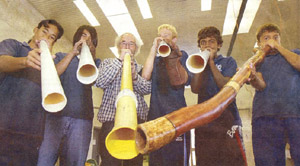 Clarkson musical instrument maker Phil Mendel has been keen on the didgeridoo for more than 30 years.
Clarkson musical instrument maker Phil Mendel has been keen on the didgeridoo for more than 30 years.
Mr Mendel recently out six students from Clarkson Community High School through the first of six lessons they are being offered in how to play the ancient musical instrument.
Boost For Training
 The State Governement announced on Saturday it would spend $12.44 million building a construction, building and electrical trades training centre in Clarkson.
The State Governement announced on Saturday it would spend $12.44 million building a construction, building and electrical trades training centre in Clarkson.
The centre, to be built on vacant land at Clarkson Community High School, would be part of West Coast TAFE. It is expected to open in 2009.
"North" TAFE Needed
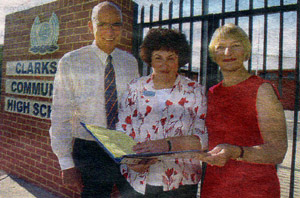 The State Government needs to allocate more than $10 million in its 2007-08 budget to fund a TAFE campus in the northern suburbs, says Mindarie MLA John Quigley.
The State Government needs to allocate more than $10 million in its 2007-08 budget to fund a TAFE campus in the northern suburbs, says Mindarie MLA John Quigley.
Shed Full of Trade Secrets
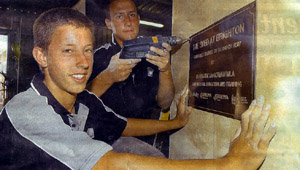 It is called The Shed, and it is the powerhouse of a new program for students learning the basics of the building trade.
It is called The Shed, and it is the powerhouse of a new program for students learning the basics of the building trade.
The Satterly Property Group has started a pre-apprenticeship training program to reduce the shortage of skilled trades people in the building industry - and 24 Year 11 students from Clarkson Community High School are its first group of learners.
Recipe for Success
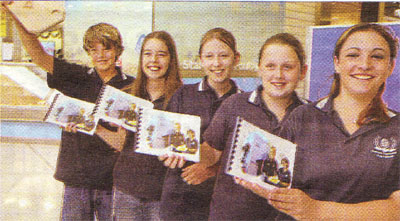 Clarkson Community High School students finalised a semester-long project that required them to produce a recipe book and cutting board last month.
Clarkson Community High School students finalised a semester-long project that required them to produce a recipe book and cutting board last month.
Hard Fisted, in Name Only
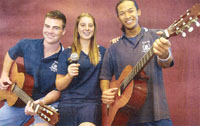 Brighton Estate is staging a concert on February 24th and it just had to get Hard Fisted back there.
Brighton Estate is staging a concert on February 24th and it just had to get Hard Fisted back there.
The musical trio from Clarkson Community High School played at the Brighton Celebration Day concert in November and was well received by organisers and fans alike.
School Now on the Net
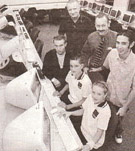 Quinns Beach Primary School has launched its new website with the help of Clarkson Community High School students.
Quinns Beach Primary School has launched its new website with the help of Clarkson Community High School students.
Clarkson's Brains Trust
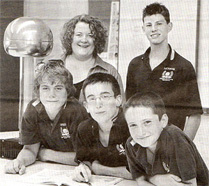 Clarkson Community High School's science and mathematics students have scored some outstanding marks in state and national competitions in recent months.
Clarkson Community High School's science and mathematics students have scored some outstanding marks in state and national competitions in recent months.
Pupils Find a Passport to Vocation Selection
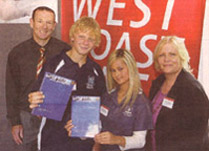 Offering Year 10 students hands-on vocational education helped Clarkson Community High School reduce absenteeism and dropout rates by 90 per cent.
Offering Year 10 students hands-on vocational education helped Clarkson Community High School reduce absenteeism and dropout rates by 90 per cent.












